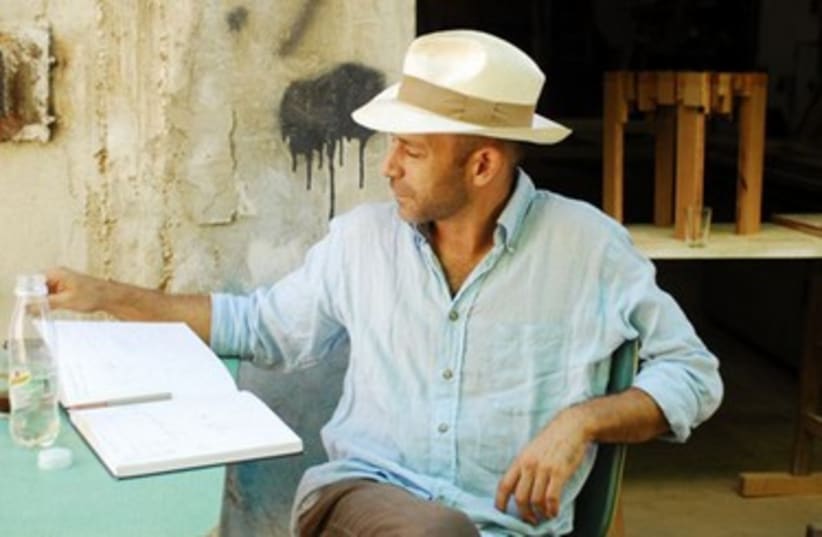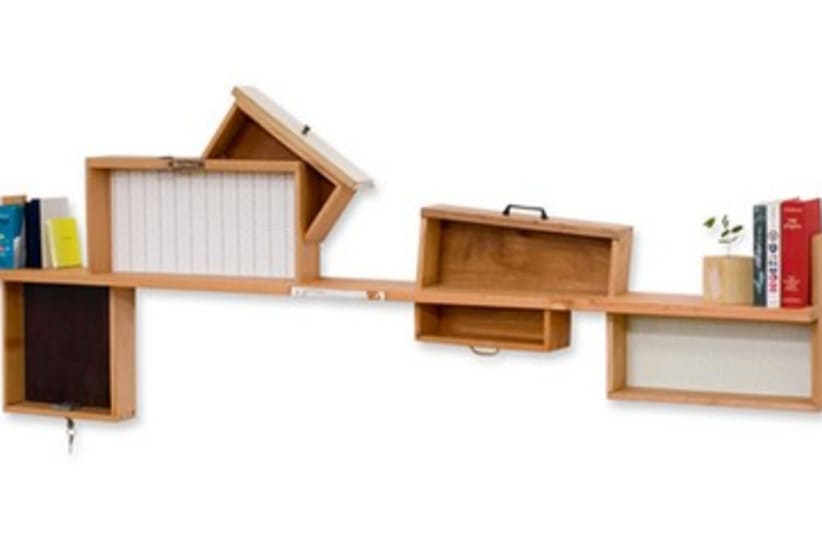
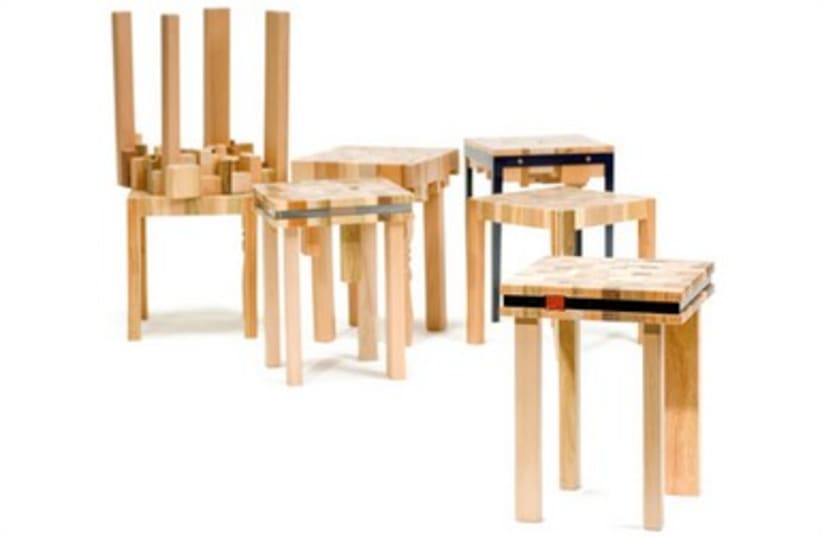
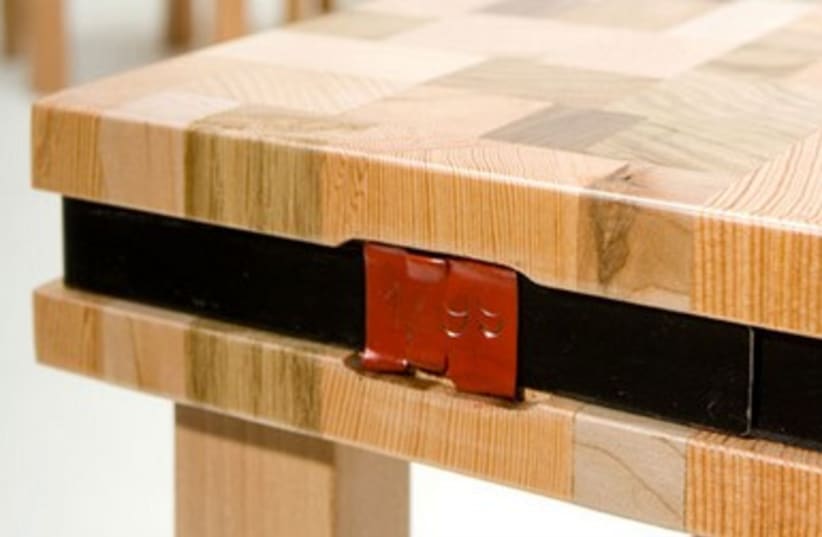
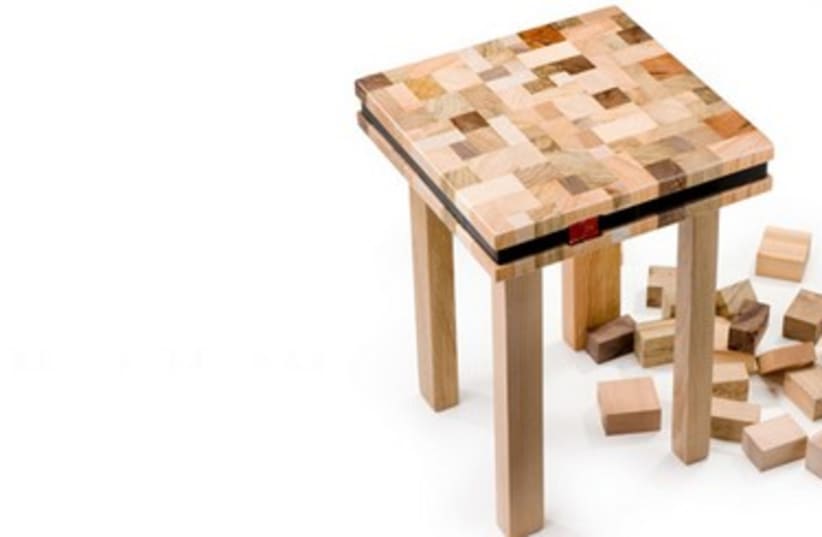

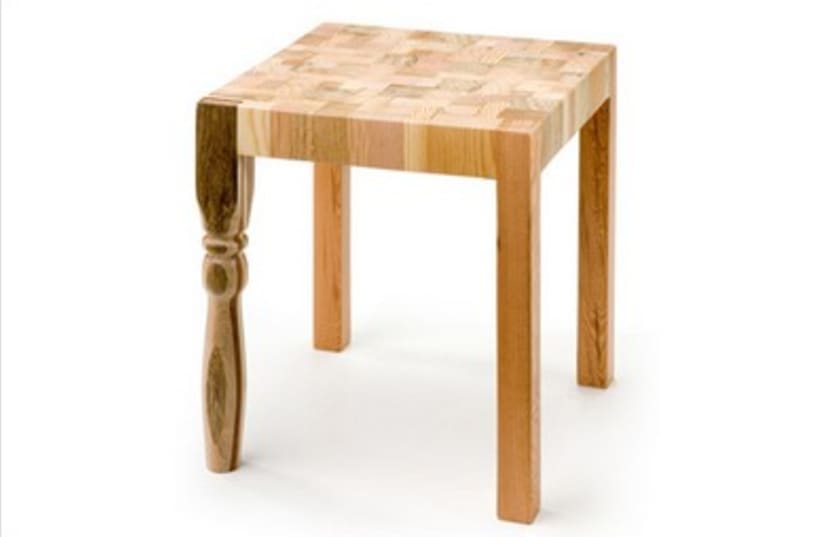
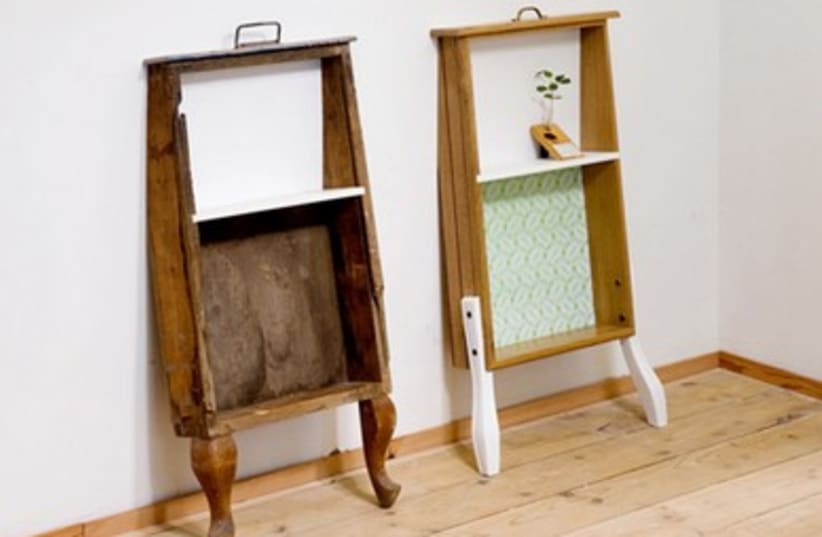

Have you ever thought about transforming your closet drawers into elegant shelves? I guess, the answer is no. Well, these kinds of ideas are what make Ori Ben-Zvi and his Ubico Studio one of the more unique and super inspiring design studios in Israel.It’s not easy coming up with a brilliant design from scratch but it’s twice as difficult to turn someone’s waste into a desirable object. That’s why I have enormous respect for those who choose to work on the recycled and sustainable side of the design spectrum.Ori Ben-Zvi was born and grew up in the Jerusalem suburbs in the early 70s'. As a teenager, he did lots of design stuff in high school but the realization that there's a profession that relates to, and encompasses, all these things came later on after finishing his army service.As a designer focusing on sustainability and recycling, Ori's independent (self initiated) work processes tend to start with an idea. “It can apply either to the raw material/waste or to the objects context/shape. Then I move between drawing computer models and fast prototyping in the studio's workshop.” Where do you live, what do you like about it and how does it affect your creations?I live in Kerem Hateymanim (Yemenite Quarter) in Tel Aviv. It’s a simple place with two natural borders - the sea and the Carmel market. I love walking barefoot to and on the beach in the morning when it’s still empty, buying only what you need for the day, a slow and basic way of conduct which I wish I could preserve. I would argue that I'm looking to find simple basic qualities in my design and also for some ways to interweave it into a contemporary context.What are you most proud of professionally? And what has been your favorite project so far?Keeping my agenda and sticking to the environmental decision of attempting to use only recycled and reclaimed materials.My favorite project so far is the Wake Collection; it really displays some of my feelings towards scrap wood accurately. What are you really good at? What are you really bad at?I'm good at pushing a project from concept to prototype. However the development from prototype to product I find much harder to apply.As a designer I’m sure you have your special secret to staying inspired and motivated to create. For me it’s traveling and teaching.Is there anything in particular that fuels your creativity as a designer?Exhibitions - I find they make me want to go back to the studio and react to what I have seen. Do you ever hit a creative block – if so, how do you get out of it?Usually I look for someone to talk to about the project. I find the best way to review a problem is by having to explain it, preferably to a none designer.Which place in the world most inspires you and why?South East Asia because its both different and very tight in its visual, while rich in cultural context. I find it offers me a different way to perceive aesthetics. What challenges have you overcome as a designer?My Master's degree research was the biggest challenge I've had so far. The need to become an academic with all the critical reading and writing it calls for was very different to the "hands on" Israeli designer I was at the time. Could you share with us your progression as a designer. Compared to when you first started out, how have you changed since then?The main difference is in prioritizing it seems. Nowadays the energy seems to be aimed in a much more effective manner compared to when I first started. As someone who spends a big part of his life teaching and passing on the joy and the importance of creating to young designers I’m pretty sure you are asked a lot what advice you have for young designers who want to follow your path.I would say, find out why you are doing it. For me, it’s a mix of art and agenda - each one by itself will not suffice. Once I decided my own path, things didn't become easier as recycled design is really not an easy choice, however they did become very clear.Since starting out as a young designer, what has contributed the most towards what you have achieved?Opening my own studio, it’s one of these decisions that makes you commit fully to your work.Looking back to when you were 20, what did you think you were going to do in life and where do you see yourself in the future?I guess I always wanted to have a creative job, in that sense I feel I got what I wanted.Has your dream come true already?I would probably want to do exactly the same but with more design and less production as well as using a larger variety of materials.Can you name one person who has influenced your designs the most.Even though it's a complete cliché, I always found Achille Castiglioni to be a source of inspiration. His designs make me smile. Do you listen to music whilst you work?No, not really. I like it quiet when I work.If you weren't a designer, what would you be?A cook, a writer… To be honest, I don't really know. What are you working on at the moment? An exhibition in Singapore next month and some sofa designs.
Finally, tell us something no one knows about you.Those who know don't talk. Those who talk don't know. I don't tell my secrets.Read Einat’s blog and follow her designed journey at http://www.designbreakonline.com/
